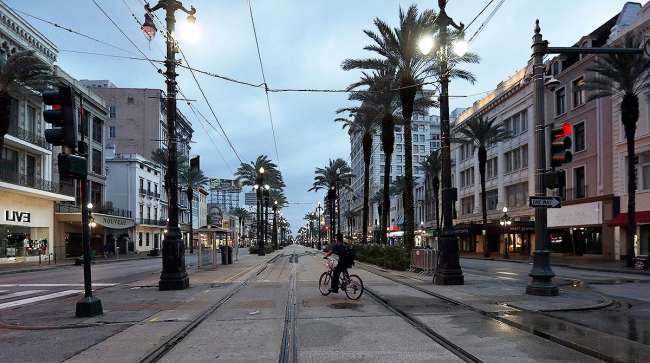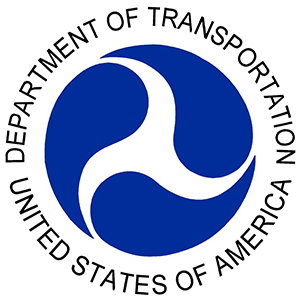Staff Reporter
DOT Issues $3 Million for State, Local Safety Tools

[Stay on top of transportation news: Get TTNews in your inbox.]
The U.S. Department of Transportation recently issued $3.3 million to state, local and tribal government groups to support tools that are meant to improve roadway safety.
The cooperative funding agreements, announced June 10, were established through DOT’s Safety Data Initiative, which is intended to help communities create policies to reduce roadway fatalities. In particular, the initiative aims to incorporate data visualizations and analytics to offer insight into transportation safety risks.
“This $3.3 million in federal funding will help these communities implement innovative ways to improve roadway safety,” Transportation Secretary Elaine Chao said.

The city of New Orleans will receive about $402,000 to expand DOT’s Pedestrian Fatality Risk Map to include risks associated with biking in the area. The purpose is to help city officials make decisions around certain small areas and corridors to reduce serious injuries and fatalities to vulnerable road users. According to the City of New Orleans Department of Public Works, Orleans Parish contains more than 100 miles of on- and off-street bike trails.
The Confederated Tribes and Bands of the Yakama Nation Department of Natural Resources will receive $430,000 to expand a roadway safety analysis tool, as well as develop a roadway safety data visualization platform. The Yakama Nation is based in south-central Washington.
Some $453,000 will be issued to the Connecticut Department of Transportation for a tool that will integrate crash and roadway information with data on citations, toxicology and injuries. For the Massachusetts Department of Transportation, more than $429,000 will be directed to expand a crash data portal, which is designed to help “transportation practitioners” identify higher risk roadways and risk factors. These data points are meant to help target roadway safety improvements and develop a publicly available analytics tool.
The Maryland Department of Transportation State Highway Administration will receive $358,000 to develop a data analytics and visualization dashboard that uses mobile device location data and electric scooter trip data from the city of Baltimore. The purpose is to better understand pedestrian, bicycle and electric scooter travel volumes and associated risk exposure.
About $294,000 will go to MetroPlan Orlando to build on the University of Central Florida’s safety data visualization tool, which uses traffic conditions to estimate the likelihood of a crash at certain locations. MetroPlan Orlando is a metropolitan planning organization representing central Florida. The University of Central Florida’s tool previously won DOT’s Solving for Safety Visualization Challenge.

COVID-19 has placed significant strain on many freight networks. So how are third-party logistics providers adapting to meet these challenges? Host Seth Clevenger chats with two 3PL executives who have had firsthand experience contending with this crisis. Hear a snippet, above, and get the full program by going to RoadSigns.TTNews.com.
“[The tool can] help system operators target monitoring of video feeds to identify crashes, deploy first responders and clear crash scenes more quickly, reducing the probability of secondary crashes occurring at those locations,” DOT’s notice states.
The Regional Transportation Commission of Washoe County, an MPO representing Reno, Nevada, will receive $298,000 to automatically extract road geometric features from mobile lidar data collected on area roadways. It will use artificial intelligence to create a dataset that will be incorporated into software for roadway safety analysis.
Some $384,000 will be issued to the North Carolina Department of Transportation for a tool that will help analyze existing videolog data to identify roadside hazards, such as trees and steep slopes, on all rural roads. This tool is meant to help identify roadway segments that are in need of infrastructure improvements.
Similarly, the Virginia Department of Transportation will receive $232,000 to develop a tool to identify locations with higher levels of risk that could benefit from safety countermeasures.
DOT’s notice of funding opportunity for the Safety Data Initiative came out in November. In response to the funding opportunity, DOT received 40 eligible project proposals totaling nearly $15 million.
Want more news? Listen to today's daily briefing:
Subscribe: Apple Podcasts | Spotify | Amazon Alexa | Google Assistant | More




